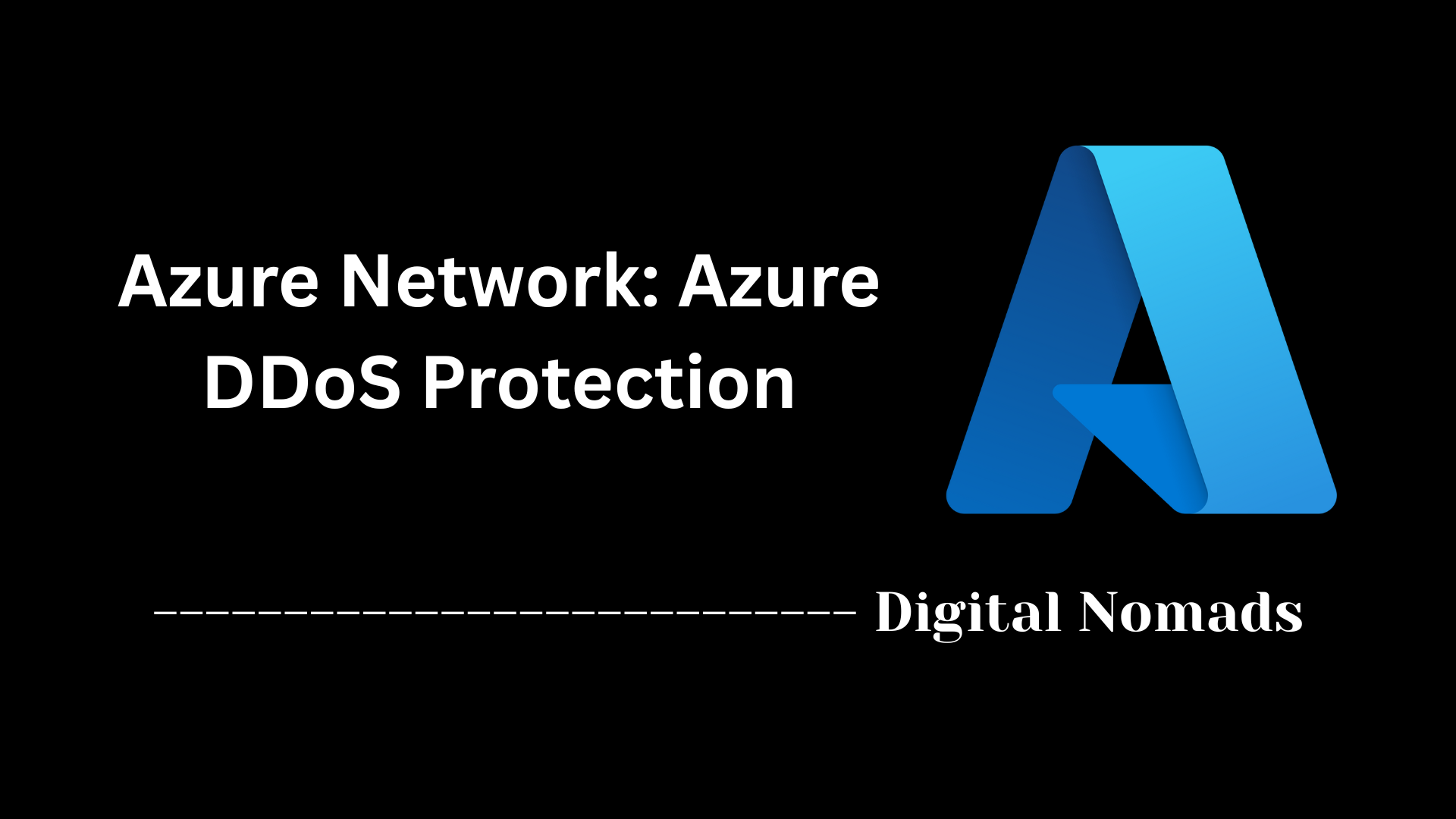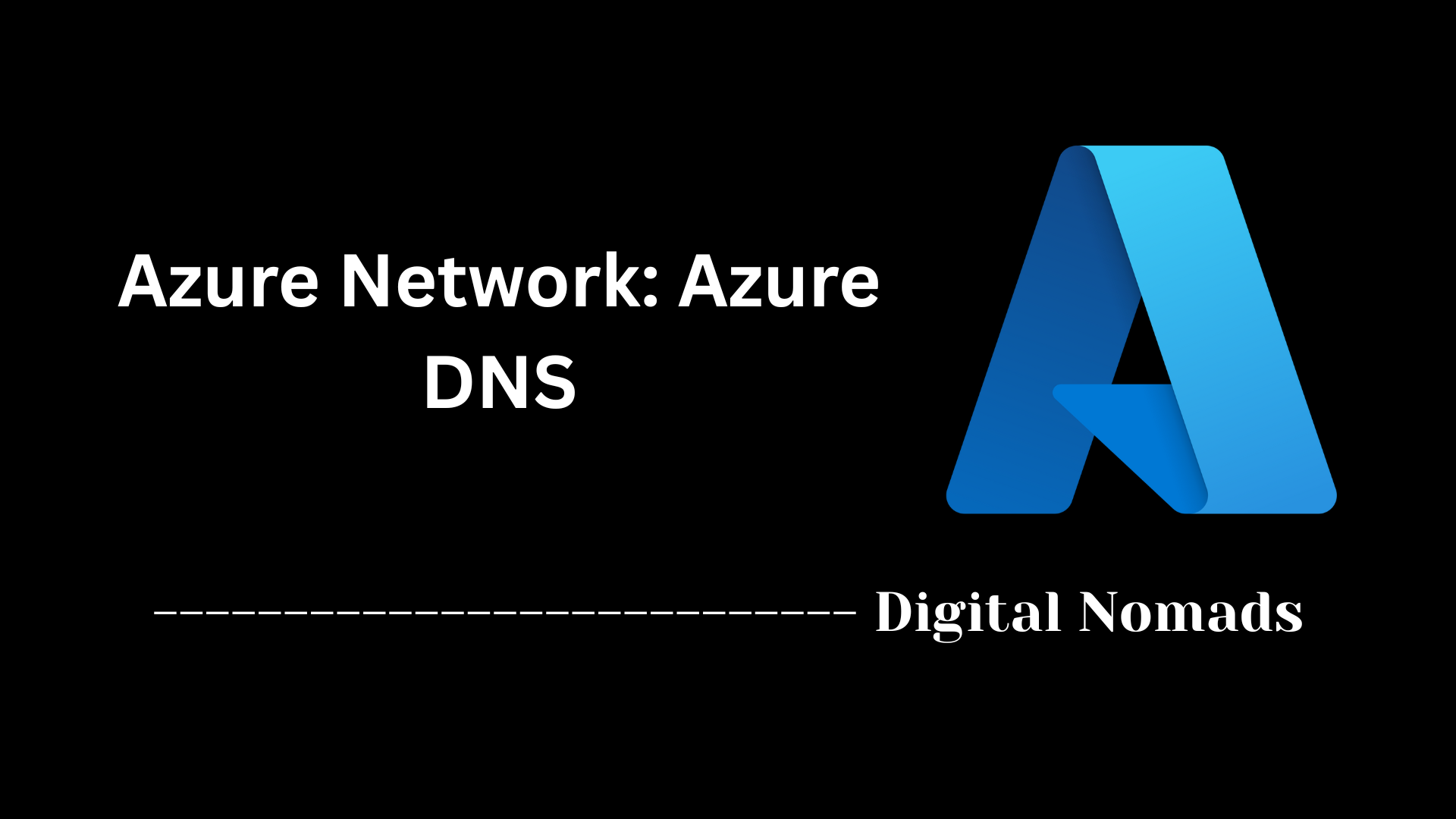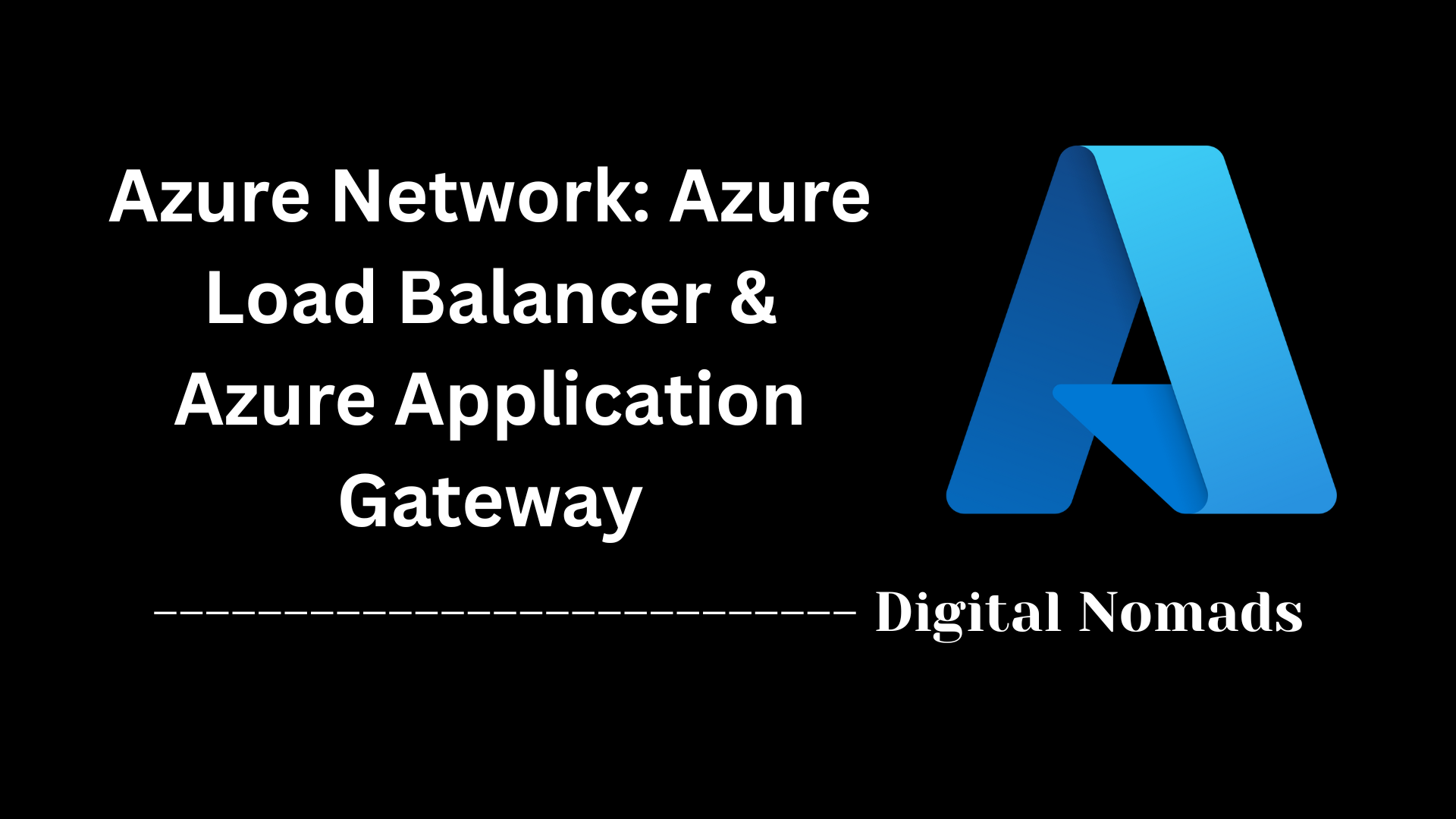Table of Contents
- Overview
- Core Components
- Monitoring & Visualization
- Diagnostic Tools
- Flow Logs & Analytics
- Supported Scenarios
- Access and Enablement
- Integration with Other Azure Services
- Limitations
- Conclusion
Azure Network Watcher: Overview
What is Azure Network Watcher?
Azure Network Watcher is a comprehensive, cloud-native monitoring and diagnostic service designed specifically for Azure networking environments. It provides a suite of tools and features to give you deep visibility into your virtual networks, track network health, troubleshoot connectivity issues, analyze traffic patterns, and diagnose security or performance problems in real-time.
Why Do You Need to Know About It?
- Visibility and Control: Network Watcher helps you understand how data flows in, out, and within your Azure environment. This is essential for managing both simple and complex cloud networks, especially as applications become more distributed and hybrid.
- Proactive Issue Detection: With its real-time monitoring and diagnostic capabilities, you can detect problems—such as dropped packets, misrouted traffic, or unauthorized access attempts—before they affect your applications and users.
- Security and Compliance: The ability to collect and analyze flow logs, audit traffic, and validate security group rules is crucial for meeting regulatory requirements and maintaining a strong security posture in the cloud.
- Operational Efficiency: Network Watcher streamlines troubleshooting, shortens downtime, and reduces operational overhead by offering integrated tools right inside Azure—so you don't have to rely on disparate third-party solutions.
How Does It Work?
- Automatic Regional Enablement: When you deploy a virtual network in a region, Network Watcher is automatically enabled to watch over resources in that area.
- Tool Suite: You access a range of diagnostic tools—like Connection Monitor (for end-to-end connectivity checks), Topology Viewer (for picturing your network layout), IP Flow Verify (for checking network security group rules), Next Hop (for route troubleshooting), Packet Capture (for deep-dive inspections), and NSG Flow Logs (for traffic analytics).
- Integration: Collected data and logs can be sent to other Azure services such as Azure Monitor, Log Analytics, and Azure Storage for analysis, visualization, automation, and long-term retention.
- Access Methods: You can work with Network Watcher through the Azure Portal, via command-line tools like Azure CLI and PowerShell, or automate operations using scripts and templates.
- Cost Model: Simply enabling Network Watcher has no charge. You pay only for the diagnostics and logs you generate or consume, making it cost-effective for both small and enterprise deployments.
Azure Network Watcher empowers IT teams to take control of their cloud networks, quickly resolve issues, stay compliant, and run secure, high-performing infrastructure with confidence.
Core Components
These are the fundamental elements that enable Azure Network Watcher to deliver comprehensive monitoring and diagnostics for your Azure network infrastructure:
- Connection Monitor: Tracks network connectivity and performance between Azure resources, or between Azure and on-premises environments. It provides continuous monitoring of endpoints to identify reachability issues and latency bottlenecks.
- Topology: Maps and visualizes your network architecture in real time, showing relationships between resources like virtual networks, subnets, NICs, and gateways. This helps with network planning and troubleshooting.
- IP Flow Verify: Evaluates effective NSG rules by simulating traffic from a source to a destination, making it easy to verify if specific traffic is permitted or denied by current network security policies.
- Next Hop: Determines the next hop for packets leaving a virtual machine, enabling you to troubleshoot routing and ensure traffic is reaching the correct destination.
- Packet Capture: Allows capturing and inspecting network packets in and out of Azure virtual machines. It is essential for advanced troubleshooting and deep traffic analysis.
- NSG Flow Logs: Captures detailed layer 4 traffic flows through Network Security Groups for auditing, threat identification, and compliance purposes.
- VPN Diagnostics: Provides tools for diagnosing issues with Azure VPN gateways and tunnels to maintain secure connectivity for hybrid environments.
Monitoring & Visualization
Azure Network Watcher offers essential tools for monitoring and visualizing the health, performance, and architecture of your Azure network environment. These tools help detect issues early, understand traffic patterns, and improve overall network visibility:
- Connection Monitor: Continuously monitors network connectivity between Azure resources, or between Azure and on-premises endpoints. It measures latency, packet loss, and availability, generating alerts when performance degrades.
- Topology Viewer: Visualizes the entire network layout in a graphical format, displaying the relationships between virtual networks, subnets, NICs, public IPs, gateways, and other resources. Crucial for troubleshooting routing or dependency issues.
- Network Diagnostic Tools Integration: Enables viewing real-time performance issues by integrating with log data collected by NSGs, packet captures, and connection tests for full-stack observability.
- Metrics and Alerts: Collects and displays performance metrics like throughput, latency, and packet drops. These can be visualized on dashboards or used to create custom alerts in Azure Monitor.
- Traffic Analytics (with NSG Flow Logs): Offers insights into VM-to-VM traffic patterns, identify suspicious access attempts, and evaluate bandwidth usage trends using machine learning and log data analytics.
Diagnostic Tools
Azure Network Watcher offers a robust suite of diagnostic tools designed to help you quickly identify, troubleshoot, and resolve network issues throughout your Azure environment:
- IP Flow Verify: Checks whether traffic from or to a virtual machine is allowed or denied, based on current Network Security Group (NSG) and Azure Virtual Network Manager rules. It identifies the precise rule responsible for allowing or blocking the traffic, making it easy to debug connectivity issues between resources, the internet, or on-premises networks[1][11].
- NSG Diagnostics: Gives detailed visibility into the NSG rules that apply to a VM, VM scale set, or application gateway. It shows if traffic is permitted or denied, explains which rule applies, and allows adjustments to security rules for rapid remediation[1][3].
- Next Hop: Determines the next destination (“hop”) for packets leaving a VM, including the hop type (such as Internet or Virtual Appliance) and route table used. This is vital for confirming that traffic is routed as expected and quickly pinpointing misconfigured routes or black holes[1][7][12].
- Connection Troubleshoot: Tests connectivity and network performance in real time between Azure resources or between Azure and external endpoints. It helps you check TCP connections and diagnose reachability or latency problems as they arise[1][4].
- Packet Capture: Captures network packets to and from Azure VMs or scale sets, enabling deep inspection of network traffic. Useful for investigating anomalies, network attacks, or debugging application-level connectivity[1][8][13].
- VPN Diagnostics: Provides detailed logs and analysis for diagnosing site-to-site VPN gateway and tunnel issues. It checks connectivity, returns actionable logs, and helps maintain secure hybrid environments by identifying VPN gateway and performance problems[1][9][14].
Flow Logs & Analytics
Flow logs and analytics in Azure Network Watcher allow organizations to gain detailed visibility into their network traffic. These tools help with auditing, troubleshooting, security analysis, and capacity planning through structured insights and log data.
- NSG Flow Logs: Captures information about ingress and egress IP traffic through Network Security Groups (NSGs). These logs include details such as source/destination IP, ports, protocols, and whether the traffic was allowed or denied. The data is stored in Azure Storage and can be further analyzed to detect trends or anomalies.
- Traffic Analytics: Works in conjunction with NSG flow logs to provide rich visualizations and insights using Azure Monitor and Log Analytics. It uses built-in algorithms to generate reports for top talkers, application usage, traffic distribution, suspicious traffic, NSG rule usage, and more.
- Retention & Storage Options: Flow log data can be stored in Azure Storage Accounts for customizable retention, allowing long-term auditing and forensic investigation. Logs can also be exported into third-party SIEM solutions.
- Integration with Azure Monitor: When integrated with Azure Monitor Logs (formerly Log Analytics), flow logs can power advanced Kusto queries for deep-dives into security incidents, compliance reviews, or performance bottlenecks.
- Alerting Capabilities: You can configure alerts based on flow log data patterns such as high-deny traffic, unknown source IPs, or overloaded ports—enabling proactive network protection.
Supported Scenarios
Azure Network Watcher is an invaluable tool across various network diagnostic, monitoring, and security scenarios in the cloud. Below are some of the most common use cases supported by Network Watcher's features:
- Hybrid Connectivity Monitoring: Use Connection Monitor to ensure consistent and reliable connectivity between on-premises infrastructure and Azure virtual networks, with performance metrics like latency and packet loss.
- Security Rule Validation: IP Flow Verify helps validate that firewall (NSG/ASG) rules are working as intended—useful when setting up new services or onboarding new apps to your cloud environment.
- Network Path Analysis: Use the Next Hop and Connection Troubleshoot tools to detect misconfigured routes, black holes, or improper routing between subnets and regions.
- Traffic Auditing & Forensics: Enable NSG Flow Logs and use Traffic Analytics to investigate suspicious flows or compliance issues, identifying lateral movement, data exfiltration, or service abuse.
- Application Layer Debugging: Packet Capture enables deep traffic inspection into VM communications, helping investigate app-layer issues that relate to dropped or malformed packets.
- VPN Tunnel Health Monitoring: VPN Diagnostics provides critical visibility into tunnel status, failure points, and IKE/IPSec configurations, ensuring your hybrid network stays connected securely.
- Network Change Impact Review: Use Network Watcher's topology and diagnostic tools to assess the impact of NSG changes, route updates, or firewall reconfigurations before and after deployment.
Access and Enablement
Azure Network Watcher provides region-specific network monitoring and diagnostics. Before using its features, it must be enabled for the Azure region in which your resources exist. Here's how access and enablement work:
- Automatic Enablement: Azure Network Watcher is automatically enabled when you deploy a virtual network in an Azure region. This ensures that diagnostic features are immediately available without manual setup.
- Manual Enablement: If automatic enablement was disabled or Network Watcher was intentionally removed, you must manually enable it for each region via the Azure Portal, Azure CLI, PowerShell, or ARM template.
- Regional Scope: Network Watcher is scoped at the regional level, meaning you need to enable it in every Azure region where you want to monitor resources.
-
Role-Based Access Control (RBAC):
Access to Network Watcher is governed by Azure RBAC. Users must have the necessary roles (like
Network Contributor) to configure and view diagnostics or run tools. -
Portal & Automation Options:
You can access Network Watcher tools from the Azure Portal under "Network Watcher" or automate access via
az network watchercommands in Azure CLI and PowerShell modules. - Cost Considerations: Enabling Network Watcher incurs no charges by itself. You only pay for the consumption of specific diagnostic tools such as packet capture, flow logs, and traffic analytics.
Integration with Other Azure Services
Azure Network Watcher becomes even more powerful when integrated with other Azure services. These integrations deliver deeper analytics, real-time alerts, and automated responses to maintain network health, performance, and security.
- Azure Monitor: Integrates directly with Network Watcher to collect and visualize metrics from tools like Connection Monitor and Traffic Analytics. Azure Monitor dashboards offer real-time performance insights across networks.
- Log Analytics: NSG Flow Logs and other diagnostic output can be sent to Log Analytics Workspaces for advanced querying and centralized analysis using Kusto Query Language (KQL).
- Azure Automation: You can automate responses to network events such as failed VPN diagnostics or connectivity issues using Runbooks triggered by Network Watcher alerts and logs.
- Azure Event Grid: Enables event-driven workflows using Network Watcher alerts—for instance, initiating remediation scripts when a connectivity test fails or packet loss exceeds a defined threshold.
- Microsoft Defender for Cloud: Collaborates with Network Watcher data to identify threats, insecure network configurations, and attack attempts, offering proactive security recommendations.
- Azure Storage: Stores NSG Flow Logs, packet captures, and other diagnostics for long-term auditing and compliance. Storage accounts can be configured with retention policies and cost management features.
Limitations
While Azure Network Watcher provides a powerful set of monitoring and diagnostic tools, it does have important limitations and constraints that users need to be aware of before relying on it for enterprise-wide network visibility:
- Scope Restrictions: Azure Network Watcher is primarily designed for monitoring Infrastructure-as-a-Service (IaaS) resources. It does not provide deep insight or direct diagnostics for Platform-as-a-Service (PaaS) resources or web/mobile analytics[1].
- Regional Limitations: Each Azure region supports only one Network Watcher instance per subscription, and Network Watcher cannot be moved across Azure regions. It must be manually enabled for every region where monitoring is required[2].
-
Resource Limits:
There are quotas on how many diagnostic sessions and monitors can run:
- 1 Network Watcher instance per region per subscription
- 100 connection monitors per region per subscription
- 20 test groups and 20 test configurations per connection monitor
- 100 sources/destinations per connection monitor
- 10,000 packet capture sessions per region per subscription (sessions only, not stored captures)
- Only 1 concurrent VPN troubleshoot operation per subscription
- Data Residency: Connection Monitor may store customer data in a specific region to satisfy in-region data residency requirements[2].
- Billing Nuances: While basic enablement is free, usage fees are incurred for diagnostics, flow logs, and extra traffic checks. For example, there is a monthly quota of 1,000 diagnostic tool checks for free; exceeding this limit incurs additional charges[4].
- Data Movement: Network Watcher resources can be moved between resource groups but not between regions. Migration scenarios are limited[2].
- Saved Data: Packet captures are limited by the number of active sessions, not by how many captures are saved to disk (in a VM or storage account). Key access must be enabled on the storage account for saving packet captures to Azure Storage[6].
Conclusion
Throughout this blog post, we've explored the full capabilities of Azure Network Watcher, Microsoft's built-in solution for monitoring, diagnosing, and analyzing your Azure network infrastructure. From its core components to diagnostic tools, flow logs, and integration with other Azure services, Network Watcher proves itself essential for maintaining a secure, healthy, and high-performing cloud environment.
🔑 Key Takeaways:
- Network Watcher is region-specific and is usually enabled automatically when you deploy a virtual network.
- It provides real-time diagnostics like IP flow verification, next hop tracing, packet capture, VPN diagnostics, and much more.
- Connection Monitor and Topology tools help visualize and track end-to-end network performance across Azure and hybrid setups.
- NSG Flow Logs and Traffic Analytics offer powerful, data-driven insights into traffic patterns, potential bottlenecks, and security anomalies.
- Network Watcher integrates smoothly with Azure Monitor, Log Analytics, Event Grid, and Security Center, enabling automation and alerting.
- While it’s powerful, it comes with some limitations, especially around regional scope, quotas, and support for IaaS over PaaS.
Whether you're a cloud administrator, network engineer, or security analyst, Azure Network Watcher gives you the tools to be proactive, rather than reactive—spotting trouble before it impacts your services.
Thanks for reading, and we hope this guide helps you make the most of Network Watcher in your own Azure environment. If you have any questions or want to share how you’re using Network Watcher, drop a comment below — we’d love to hear from you!
🚀 Happy monitoring!




